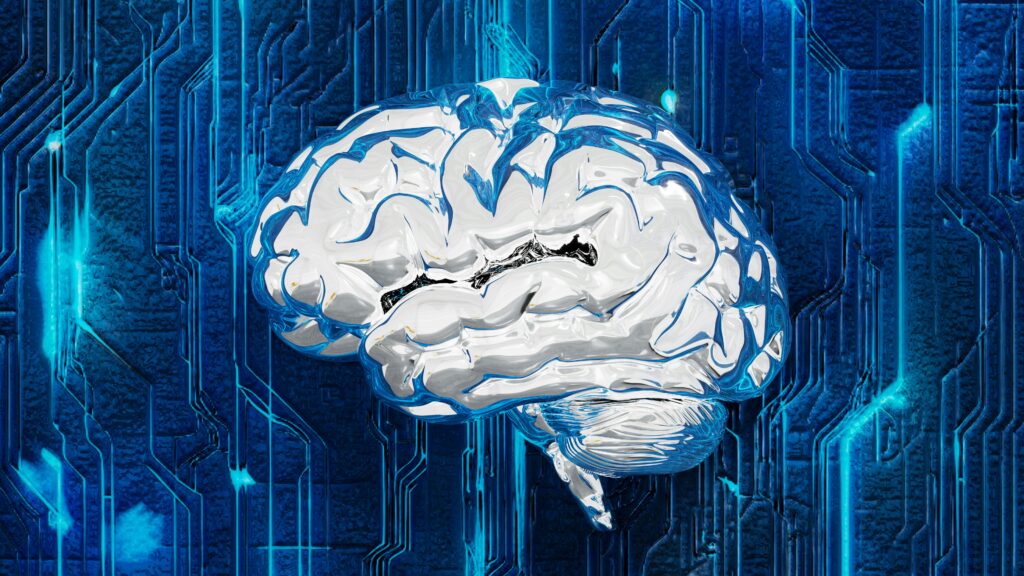The Dawn of AI PCs: A New Era in Computing
The computing landscape is undergoing a monumental shift with the advent of AI PCs, devices purpose-built to harness the power of artificial intelligence directly on-device. This exciting transformation truly kicked off in late 2023 with Intel’s launch of its Core Ultra processors featuring integrated Neural Processing Units (NPUs), followed swiftly by Qualcomm’s Snapdragon X Elite and AMD’s Ryzen AI 300 series. Microsoft has further solidified this trend with its “Copilot+ PC” initiative, setting a new standard for AI-integrated hardware and software experiences, promising a future where AI is not just in the cloud, but intelligently integrated into your everyday machine.
Unpacking the Power: NPUs and On-Device AI
At the heart of the AI PC revolution are NPUs, specialized accelerators designed for efficient processing of AI workloads. Unlike traditional CPUs (central processing units) optimized for general tasks or GPUs (graphics processing units) excelling in parallel computations, NPUs are engineered for the specific demands of machine learning algorithms. They offer significantly higher energy efficiency and performance for AI tasks, often measured in trillions of operations per second (TOPS). For instance, current-generation NPUs can deliver tens of TOPS, enabling functionalities like real-time background blur, advanced noise suppression, and even complex generative AI tasks without relying heavily on internet connectivity or cloud servers. This on-device processing enhances both speed and user privacy.
The implications of ubiquitous on-device AI are vast. For consumers, this translates into more responsive and personalized computing experiences. Imagine a virtual assistant that understands context better, creative applications that generate content instantly, or gaming experiences with smarter NPCs and adaptive environments—all happening locally. Beyond mere convenience, AI PCs offer enhanced security by keeping sensitive AI processing within the device, reducing data transmission risks. This shift democratizes access to powerful AI tools, moving advanced capabilities from specialized data centers into the hands of everyday users, fostering innovation and reducing latency for critical applications.
The Transformative Impact on Work and Creativity
In professional spheres, AI PCs are set to redefine productivity and creativity. Designers can leverage generative AI for rapid prototyping, video editors can utilize AI for intelligent upscaling and object removal, and developers can test and deploy AI models more efficiently. Businesses can benefit from local AI for data analysis, enhanced security protocols, and personalized customer interactions, all while maintaining stringent data privacy. This integration means less reliance on cloud-based AI services, potentially reducing operational costs and ensuring continuous workflow even in offline environments. For a deeper dive into how these specialized processors work, you might want to read our article on understanding NPUs.
Industry experts predict a rapid adoption of AI PCs, with market research firms forecasting significant growth in the coming years. According to a recent TechCrunch report, analysts project that AI PCs will constitute a substantial portion of PC shipments by 2027, highlighting their transformative potential. This isn’t just a marketing buzzword; it’s a fundamental architectural shift. The consensus is that AI will become an invisible layer underpinning almost every software application, making computing more intuitive and powerful. The future of personal computing is inherently intelligent, adapting to users rather than users adapting to machines.
Navigating the AI PC Landscape: What to Look For
As AI PCs become more prevalent, understanding what to look for is key. Prioritize devices with robust NPU performance (measured in TOPS), ensuring compatibility with upcoming AI-enhanced software. Consider the overall ecosystem, including the operating system’s AI capabilities (like Microsoft’s Copilot+ features) and the availability of AI-optimized applications. Future-proofing your purchase means investing in hardware that can grow with the rapidly evolving AI landscape. The initial wave offers powerful capabilities, but the true potential of AI PCs will unfold as developers increasingly integrate on-device AI into their applications, making your choice today crucial for tomorrow’s digital experience.

